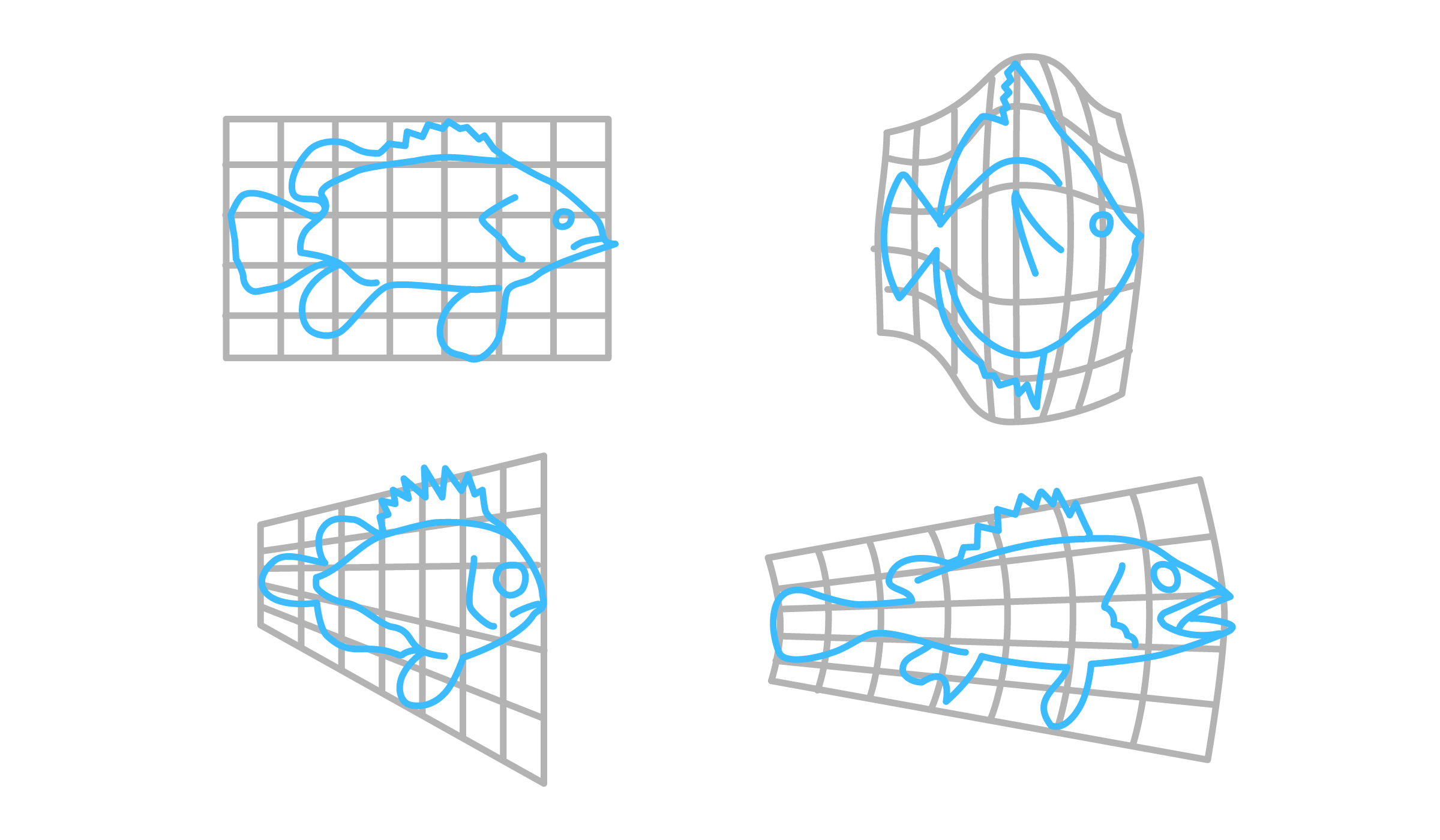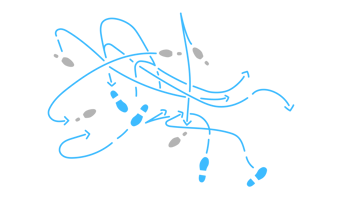Once your strategy work ends, your organization work begins. More often than not, a new strategy results in a strategic redesign of your organizational structure. But this very link is where many organizations struggle to come up with, and put into action, a strategic implementation plan. This blog post discusses how to get your strategy implementation plan on the right track and shares examples of goals other companies have set as part of their organizational design.
At its most simple, strategy implementation is about changing and activating an organization so that it can learn, and carry out, new tricks.
Learning new tricks is often about new capabilities (as defined here) and about fit-for-purpose structures and processes.
Working with the users of the Organizational Structure Kit, one key success factor for strategy implementation we have seen make a difference is putting the right amount of effort into defining the goals and principles of your organizational work. This is essential because it allows you to align your project team and your stakeholders with the “north star” of your redesign and the principles guiding design decisions. This conversation is also important because it often makes a strategic intent concrete by forcing a discussion of tradeoffs and complications that require resolution. Otherwise, your strategy remains a lofty dream, neat on slides, but weak in action.
The organization’s strategic goals serve as a compass for your organizational design work
In order to set up organization design projects in the right way, we have developed two key tools within the Goals section of the Organizational Structure Kit:
The first tool gives you a structured approach for developing guiding principles to inform your project on an ongoing basis and to align stakeholders. We have discussed the tool in an earlier blog post here.
Are you about to restructure your organization?
Successful strategy implementation requires reinforcing (high-level) organization design principles
Here are some examples of principles we have discussed with users in our coaching and project work (note that these are examples of single principles, while generally it will be helpful to have a set of principles, depending on the scope and depth of the project):
-
In a reorganization project we supported by deploying the Kits, our client introduced a primary organizational structure along market-wide business divisions, and a secondary structure along regional areas. The key principle was that the business divisions have the final say on a number of key business decisions, e.g. strategy, resource allocation, etc. While the details of defining the matrix required much more detailed work, as a first principle people understand some basics of the setup. This approach was also in line with our recommendations for making the matrix work (learn more).
-
Another principle we have seen, is dedicated structures and resources for new business ventures, i.e., that they are separated from legacy business units, which are normally larger, have more clout, credibility, and relationships with senior management, etc. This will not provide a definitive answer for the set-up of old vs. new but it gives some general direction for people to engage with.
-
A third example of a guiding principle, again from a reorganization project we supported, is that, as a principle, market heads of new product areas have to be members of country/market unit executive committees (EC). This ensured that those product areas had the desired say in market development and overarching country business decisions. This principle was very much about building the profile of new product area heads and strengthening their say in country EC decisions.
These principles act as guidelines that need to be remembered and reinforced at a high level, as they are crucial for success. This creates a list of items that helps project team members remember what's important to the organization. Especially in the early stages of a project, when there is still a lot of uncertainty about the future set-up and its details, principles can help identify the first steps and give people reassurance of where the process is going. In general, the principles can be a first stab at the key business issues that will likely come up in the course of the design work.
What are strategic imperatives for your organization design?
The second tool helps you to link your strategic intent with the goals of your organization design.
As an example, one of our users, a large and fast-growing software company, looked at restructuring its marketing and sales functions to increase cross- and up-selling across the business. Therefore, one topic for discussion was the implications of pursuing more cross- and up-selling with the existing client base.
This implied, for example, that there are sufficient and/or dedicated resources, units, roles, and processes in place to make the restructuring happen. In addition, the right mechanisms for collaboration needed to exist within the structural set-up. As there were several options to redesign the structures, the important thing was to make the requirements transparent and then test the structural ideas and options against them.
Some other examples from our users of strategic goals and their implications for the organization design included:
-
Realignment of activities and deliverables on the global HQ, regional and country levels in a global NGO to create clear accountabilities and become more effective and efficient.
-
Implications: definition of clear activities and respective unit structures, including the implementation of a standardized service catalog.
-
-
Efficiency program for back-office functions of multi-national service organizations.
-
Implications: creating detailed transparency of activities within all functions as a basis for restructuring.
-
-
Centralization of core admin processes within multi-hub academic institution.
-
Implications: creating a set of hypotheses for centralized processes to lead stakeholder discussions with decentralized hubs on potential gaps and specifics.
-



